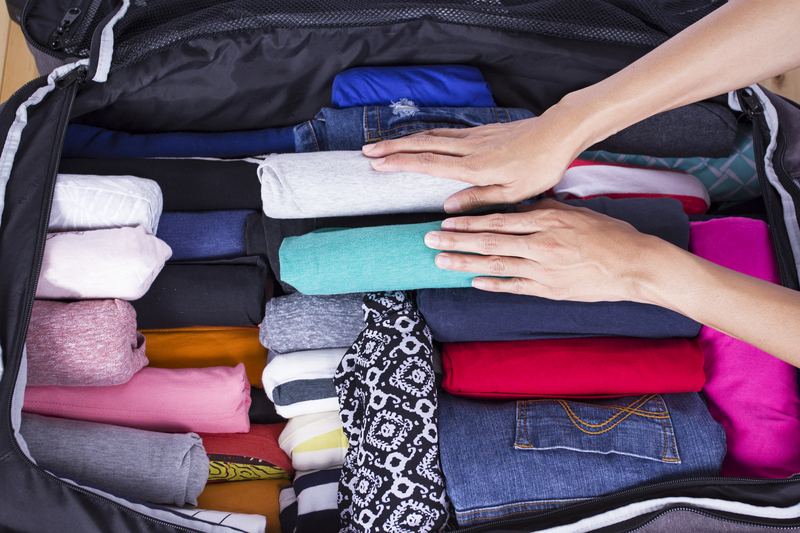Packing Dishes and China: Step-by-Step
Posted on 24/02/2025
Packing dishes and china can be a daunting task, especially when they are fragile and have sentimental value. Proper packing ensures that your treasured items arrive safely at your new home. This guide will walk you through the step-by-step process of packing dishes and china, providing tips and highlighting the pros and cons along the way.
Step 1: Gather Necessary Supplies
Before you start packing, it's essential to gather all the supplies you will need:
- Sturdy cardboard boxes
- Bubble wrap
- Packing paper
- Packing tape
- Marker for labeling
- Dividers or partitions (optional)

Step 2: Prepare the Boxes
Reinforce the bottom of each box with packing tape to prevent it from collapsing under the weight. Line the bottom of the box with a few layers of bubble wrap or packing paper for added cushioning.
Step 3: Wrapping Individual Items
Each dish and china piece should be wrapped individually:
- Lay out a sheet of packing paper or bubble wrap.
- Place the dish in the center of the paper.
- Fold each corner of the paper over the dish, ensuring it is fully covered.
- Secure the wrapping with a piece of tape if necessary.
Step 4: Packing Plates and Bowls
Plates should be packed vertically, like records in a box:
- Place a layer of bubble wrap or cardboard between each plate.
- Fill any gaps with crumpled packing paper to keep the plates from shifting.
- Bowls can be nested together with a piece of bubble wrap between each.
Step 5: Packing Cups and Stemware
For cups and stemware:
- Wrap each item individually with packing paper or bubble wrap.
- Place them standing upright in the box.
- Use dividers or partitions to separate them, providing extra protection.
Step 6: Sealing and Labeling the Box
Once all items are packed securely:
- Fill any remaining gaps with packing paper or bubble wrap.
- Close the box and seal it with packing tape.
- Label the box clearly with "Fragile" and "Dishes/China" so movers handle it with care.
Pros and Cons of Packing Your Dishes and China Yourself
Pros:
- Cost-Effective: Packing yourself saves the expense of professional packers.
- Customized Care: You know how to handle your items with the care they deserve.
- Organizational Control: You can organize and label boxes as you see fit.
Cons:
- Time-Consuming: Proper packing requires significant time and effort.
- Risk of Damage: Without professional expertise, there's a higher risk of improper packing leading to damage.
- Stressful: The process can be stressful, especially if you are short on time.
Packing Tips
- Use high-quality packing materials to ensure maximum protection.
- Do not overpack boxes; keep them manageable and distribute weight evenly.
- Label boxes on multiple sides for easy identification.
- Take extra care when packing antique or highly valuable items.

Takeaways
Packing dishes and china requires meticulous care and attention to detail. Proper wrapping, packing, and labeling are crucial to ensure that your items arrive safely. While it can be time-consuming, the effort is worth the peace of mind it provides.
Conclusion
Packing dishes and china may seem like a challenging task, but with the right approach and materials, it can be done efficiently. Following these steps will help protect your precious items during the move. Remember to weigh the pros and cons and consider tips to make the process smoother. Happy packing!

